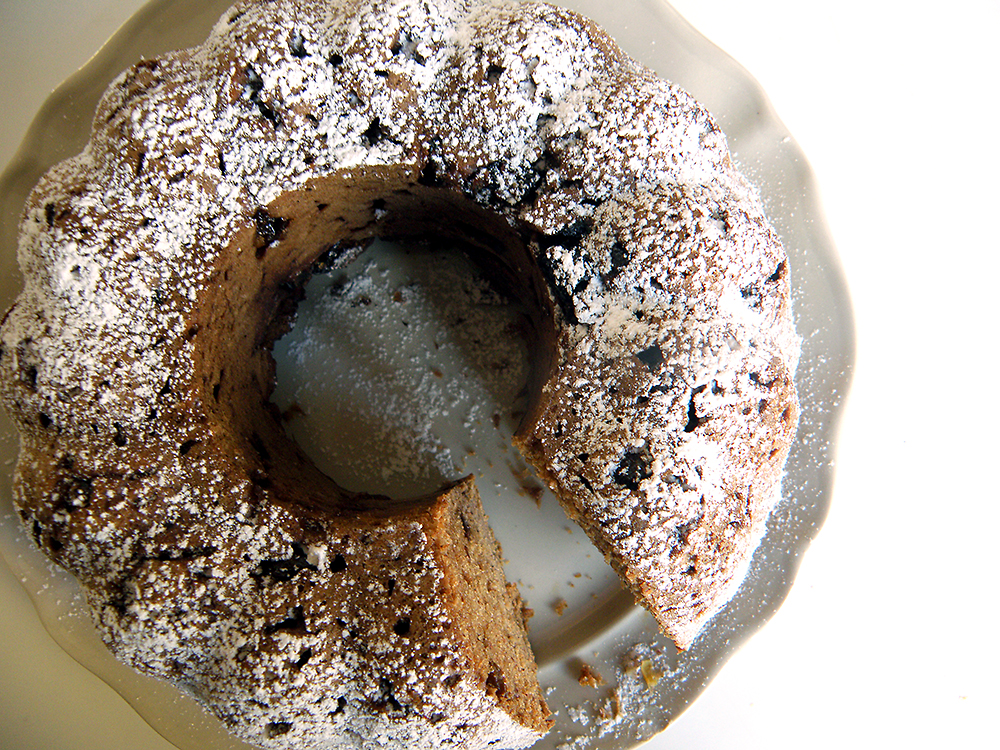Random facts about Finnish coffee culture #3: Though Finns mostly drink their daily average of 6-7 cups of coffee from mugs, nearly every family owns a fancier set of coffee dishes which are used when guests arrive. They usually feature cups much smaller, only about 1,25 dl worth of coffee.
I think themes really help readers if you're going to blog for a whole month. Today I thought I'd include a list of some of the many interesting themes of this year's MoFo but it turned out they were quite hard to find since the official
theme preview didn't include links and googling doesn't seem to help with all of them.I'd love to find for example the blogs posting about Japanese Inspired, Fermentation or the End of the World, but perhaps if I'll just keep on clicking through
Randomofo.com. Here's anyway a list of 15 (because ten was too hard to choose) themes I'll be watching (in no order whatsoever):
This year there doesn't seem to be any overarching theme like taco cleanse, but several people are writing about box lunches. Great since mine tend to be dead boring and I could really use some fresh ideas.
As for my recipe today, the popularity of this pulla version is best described by the amount of names it has: leeta,nisuleeta, leikkopulla, leettapulla, pullaleetta, pullaeltta, eltta, pullalonka, lonka, lenti, lentipulla, pullalentti, vehnäskukko, vehnänen, lettivehnänen, vehnäsletti, pullaletti, letti, letike, lettipitko, pitko, kranssi, huikari, käntty, nisuänkkä, nisu, nisuankastokka, ankkastokka, ankkastukki, pullanvuolu, runtipulla, mummo, tillukka. Some of them are plain odd to me as well, most describe the braid-like shape and the most familiar one for me, ankkastukki, is practically unknown in most of the country. The word assumably comes from the coast area's Swedish-speakers word
ankorstocka, which means a part in a wooden anchor.
- half a portion of
pulla dough
- 1 dl raisins
- coarse sugar for decoration
Start the dough as normally. After it's risen enough, knead any extra air out. Add the raisins into the dough and knead more to spread them evenly.
Now comes the fun part. Roll the dough into long bars you can braid together like hair. The most simple variant has three bars, but there can be four or five, depending on what you like or feel comfortable trying. The one in the photo has four of them, though as you probably see, I'm not that good at braiding. Basically, you first roll two bars together and then join two double bars.
Here are instruction pictures with four bars,
here with five.
Finish the ends by taking a small piece off with your amazing karate hand. Leave it under a towel for at least half an hour. Then butter with well sugared coffee and decorate with coarse sugar. Bake about 20-25 minutes in a 200
°C oven. Bring the whole pitko to the table but cut a few slices ready for the guests.
Nutritional values / 1920 g:
energy 5625 kcal
fat 139 g
protein 155 g
carbohydrates 931 g
fiber 44 g

























